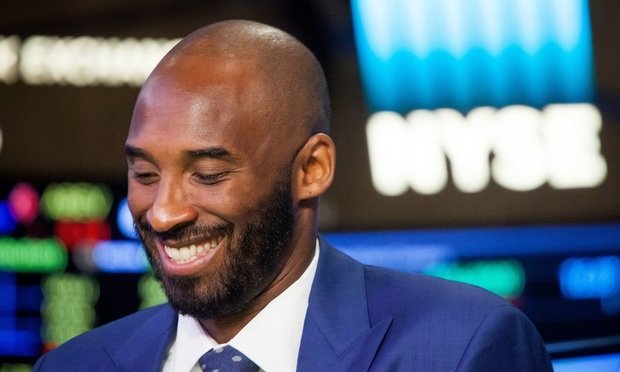 Kobe Bryant speaks during a TV interview after unveiling his venture-capital fund Bryant Stibel on Aug, 22, 2016. (Photo: Michael Nagle/Bloomberg)
Kobe Bryant speaks during a TV interview after unveiling his venture-capital fund Bryant Stibel on Aug, 22, 2016. (Photo: Michael Nagle/Bloomberg)
The cause of the helicopter crash that killed retired Los Angeles Lakers basketball player Kobe Bryant, his 13-year-old daughter and seven other people, remains unknown. The National Transportation Safety Board is investigating the crash, which occurred on a foggy Sunday morning in a hilly area in west Los Angeles.
Recommended For You
Want to continue reading?
Become a Free PropertyCasualty360 Digital Reader
Your access to unlimited PropertyCasualty360 content isn’t changing.
Once you are an ALM digital member, you’ll receive:
- Breaking insurance news and analysis, on-site and via our newsletters and custom alerts
- Weekly Insurance Speak podcast featuring exclusive interviews with industry leaders
- Educational webcasts, white papers, and ebooks from industry thought leaders
- Critical converage of the employee benefits and financial advisory markets on our other ALM sites, BenefitsPRO and ThinkAdvisor
Already have an account? Sign In Now
© Touchpoint Markets, All Rights Reserved. Request academic re-use from www.copyright.com. All other uses, submit a request to [email protected]. For more inforrmation visit Asset & Logo Licensing.







